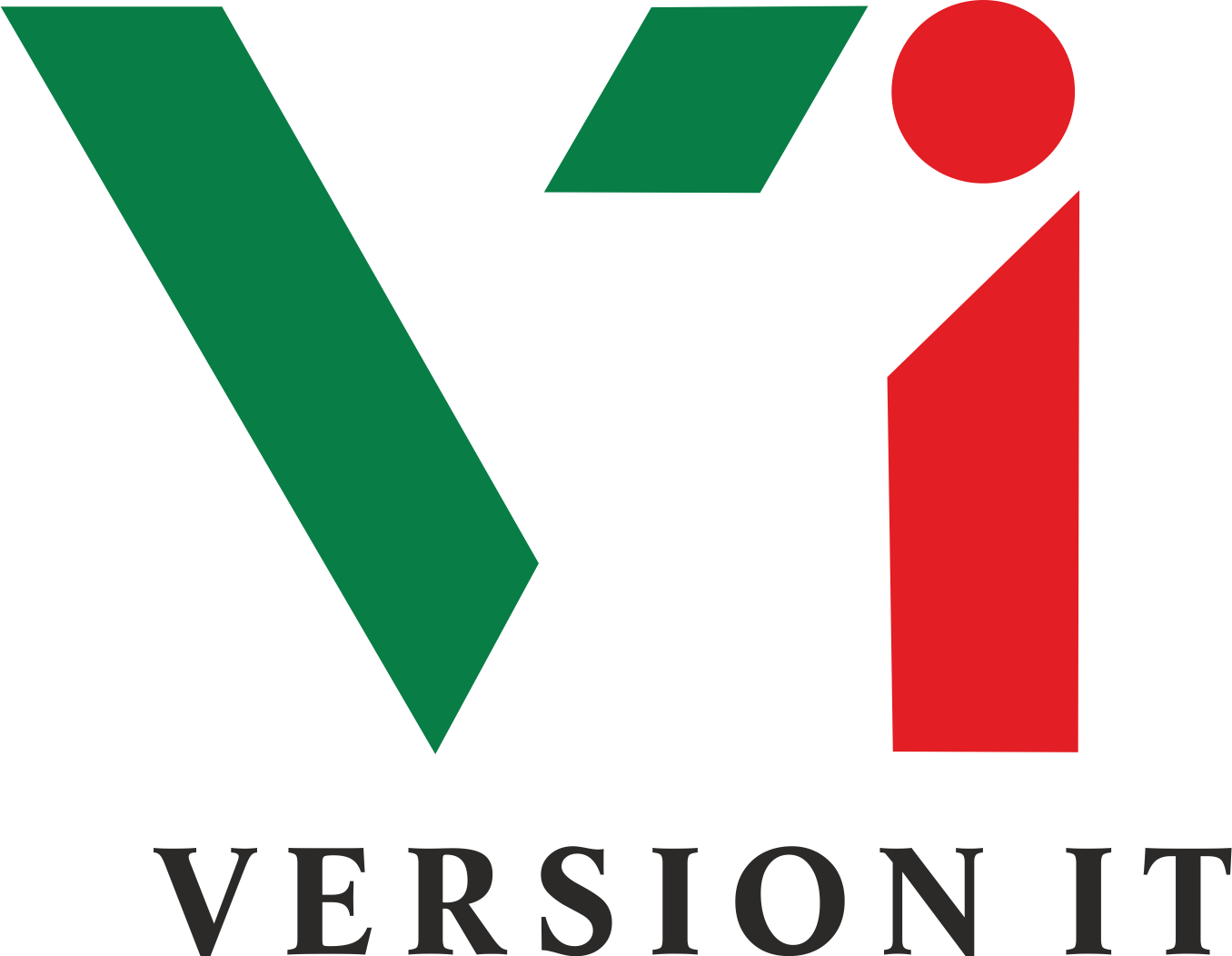In the complex medical coding scene, diagnosis codes form the foundation of a medical record of a patient. The majority of coders are used to coding diseases and injuries, but there are other one hundred codes that are usually more difficult to find: the Z codes. These alpha numeric codes are identified in Chapter 21 of the ICD-10-CM, Factors influencing health status and contact with health services, and these codes do not describe what is wrong with a patient, but what reason has the patient made contact with the healthcare system.
The incorrect interpretation or use of Z codes may result in denials of claims, untrue data, and incomplete patient narrative. Learning to do them is a characteristic of a good, meticulous medical coder. It is an art that can turn your work into basic code task and to a full-blown health data reporting. How then do you leave in the uncertainty about Z codes to a position of using them confidently and accurately?
The following are seven tips that you need to learn to master Z codes and increase the accuracy of your coding.
1. Understand the “Why” Behind the Code, Not Just the “What”
The first one is to locate Z codes. You do not need to memorize a lengthy list of codes but find out their purpose. Z codes provide context. They answer questions like:
- Is the patient presented with a regular check-up? (Z00.00)
- Do they get follow up care following a major surgery? (Z47.1)
- Do they have a family history of a specific disease? (Z80−Z84)
- Are they receiving chemotherapy or radiation? (Z51.−)
Think of Z codes as the narrative framework of a patient encounter. They are broadly categorized into groups such as status codes, history codes, screening, aftercare, and encounters for administrative purposes. Grasping these categories is a fundamental lesson that any high-quality medical coding training will instill in its students from the very beginning. When you understand the reason for the code, selecting the right one becomes intuitive.
2. Make the Official Guidelines Your Ultimate Authority
In case ICD-10-CM codebook is your compass, the Official Guidelines to Coding and Reporting are your map. In case of Z codes, Section I.C.21 is the only source of truth. These rules give clear directives on how these codes should be used and in that order.
One important fact that must not be overlooked is that a Z code may be a first-listed diagnosis. To illustrate this, when a patient is admitted just to get a particular treatment, such as chemotherapy, the first code in the list is Z code of the treatment session, which in this instance is Z51.11 (Encounter for antineoplastic chemotherapy), then the code of the malignancy. On the other hand, such a code as Z85.3 (Personal history of malignant neoplasm of breast) could hardly ever be a primary diagnosis. These scenarios based on the guideline will be drilled to second nature in a comprehensive medical coding training program. One does not simply read the guidelines but he studies them, writes them down, and adheres to them in every situation.
3. Properly Differentiate between History of and Status Codes
One of the most common misunderstandings among most coders is that there is a thin line between personal history codes and status codes.
- Personal History Codes Categories Z85 -Z87: These categories reveal that a patient once had a condition that is no longer found. It is not actively treated, yet the history is noteworthy since it may be affecting his or her current care or may lead to the patient getting it again. As an example a patient with a five-year history of breast cancer with a current disease-free status would have a code of Z85.3.
- Status Codes: The codes indicate the existence of a condition, a sequela of a past illness or the existence of a device or an implant. The status of the patient is ongoing and impacts his/her health. To give an example Z95.0 (Presence of cardiac pacemaker) is used by a patient with a pacemaker. This is not a historical fact but an existing situation. Likewise, Z79.4 (Long-term (current) use of insulin) suggests the medical reality that is on-going. Special medical coding course tend to rely on elaborate examples and quizzes to enable students to perfect this difference.
4. Leverage Aftercare and Follow-up Codes with Precision
Although they can be used interchangeably, aftercare and follow-up are used differently in the realm of Z codes.
- Aftercare Codes (Categories Z43−Z51): The codes are employed in the healing or recovery of an injury or illness. The first, acute stage of treatment is complete but the patient still needs to be taken care of. A typical example is Z47.1 (Aftercare following joint replacement surgery) of the patient who is in physical therapy after a knee replacement.
- Follow-up Codes (Categories Z08−Z09): This is used to monitor follow up after treatment. The patient is under monitoring to ensure that he does not develop a recurrence or complications. An example would be Z08 (Encounter follow-up examination after completed treatment to malignant neoplasm): it is the regular check-up of a cancer survivor. With the changing nature of the healthcare environment, the nature of coding changes, as well. Any prospective medical code applicant looking to take medical coding online training in Hyderabad or any other big city will realize that the local institutes are paying more attention to these subtle codes used to address the needs of the industry.
5. Practice, Practice, Practice with Real-World Example
Some theoretical knowledge is a precondition, but practice makes a professional. Z codes can’t be mastered by just reading about it. You will need to engage in the coding of real-life situations that compel you to act according to the guidelines and make decisive actions. Find case studies and practice activities in the coding workbooks, online discussion boards, and professional magazines.
That is where the organized setting of a medical coding training institute really comes in. These schools offer an abundance of practice material that has been vetted, mock charts, and case studies that encapsulate the challenges of the real patient experience and provide a safe environment to make errors and receive feedback on how to improve going forward.
Conclusion: Telling the Whole Story
Z codes are not merely bureaucratic accruals, but essential narrative instruments to give a full view of the health journey of a patient. With knowledge of their use, learning how to work within the official guidelines, working hard and dedicating yourself to life-long learning, Z codes can become an effective weapon in your coding arsenal, rather than a baffling issue. Existence of accurate assignment of Z code guarantees optimal reimbursement and aids in medical necessity, as well as, building robust health data that can define the future of patient care.







